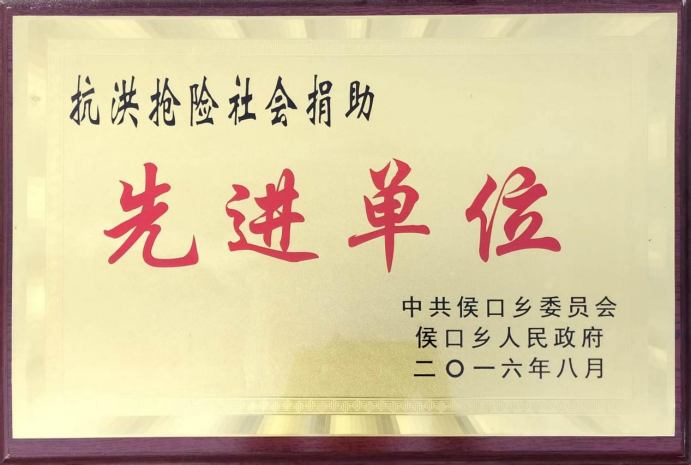Choosing the Right AC Hose Pipe for Your Cooling Needs
Understanding AC Hose Pipe Essential Component for Efficient Air Conditioning Systems
Air conditioning (AC) systems are crucial for maintaining comfortable indoor temperatures, especially in hot climates. One of the key components that often goes overlooked in these systems is the AC hose pipe. The hose pipe plays a vital role in the overall efficiency and operation of air conditioning units, and understanding its significance can help homeowners make informed decisions about the maintenance and repair of their systems.
What is an AC Hose Pipe?
An AC hose pipe, also commonly referred to as a refrigerant hose, is a flexible tube used to transfer refrigerant between different parts of an air conditioning system. Specifically, it connects the compressor, evaporator, and condenser, ensuring the flow of refrigerant throughout the system. These hoses are typically made of durable materials that can withstand high pressures and varying temperatures, ensuring the safe transportation of refrigerants.
Types of AC Hose Pipes
There are several types of AC hose pipes designed for specific applications within air conditioning systems
1. Suction Hose This type of hose transports low-pressure refrigerant vapor from the evaporator back to the compressor. It is usually larger in diameter and is designed to handle the lower pressure and temperatures of refrigerant vapor.
2. Discharge Hose In contrast, the discharge hose carries high-pressure refrigerant gas from the compressor to the condenser. This hose is built to withstand higher pressures and is typically smaller in diameter than the suction hose.
3. Liquid Line Hose This hose conveys the high-pressure liquid refrigerant from the condenser to the expansion device. It is crucial for the efficient operation of the system, as it prepares the refrigerant for evaporation in the evaporator coil.
ac hose pipe

Importance of AC Hose Pipes
The function of AC hose pipes is critical to the performance of air conditioning systems. A well-maintained hose ensures that refrigerants circulate properly, promoting effective cooling. If the hose is faulty or damaged, it can lead to refrigerant leaks, which not only diminish the system’s efficacy but can also harm the environment. Refrigerant is a greenhouse gas, and its escape into the atmosphere contributes to climate change.
Additionally, proper insulation around the hose is vital. Insulated hoses prevent condensation and energy loss, enhancing the overall efficiency of the AC system. This is particularly important for systems installed in humid climates, where moisture can accumulate and affect performance.
Signs of Hose Problems
Homeowners should be aware of common signs that may indicate issues with AC hose pipes
- Refrigerant Leaks If you notice a loss of cooling efficiency, check for visible signs of refrigerant dripping from the hose. - Unusual Noises Hissing or bubbling sounds may suggest that refrigerant is escaping through a compromised hose. - Increased Energy Bills An inefficient system due to hose problems may lead to higher energy consumption, reflected in your monthly electric bill.
Maintenance and Replacement
Regular maintenance of your air conditioning system can help prolong the life of the AC hose pipes. It is advisable to have a professional technician inspect the hoses during routine servicing. If any wear, cracks, or bulges are detected, replacement should be performed promptly to avoid further complications.
In conclusion, the AC hose pipe is an integral part of an air conditioning system, facilitating the proper flow of refrigerants. Understanding its importance, recognizing signs of problems, and performing regular maintenance can ensure that your air conditioning unit operates efficiently. By taking these steps, homeowners can enjoy a comfortable living environment while also being mindful of energy consumption and environmental impacts.
-
Ultimate Spiral Protection for Hoses & CablesNewsJun.26,2025
-
The Ultimate Quick-Connect Solutions for Every NeedNewsJun.26,2025
-
SAE J1401 Brake Hose: Reliable Choice for Safe BrakingNewsJun.26,2025
-
Reliable J2064 A/C Hoses for Real-World Cooling NeedsNewsJun.26,2025
-
Heavy-Duty Sewer Jetting Hoses Built to LastNewsJun.26,2025
-
Fix Power Steering Tube Leaks Fast – Durable & Affordable SolutionNewsJun.26,2025

